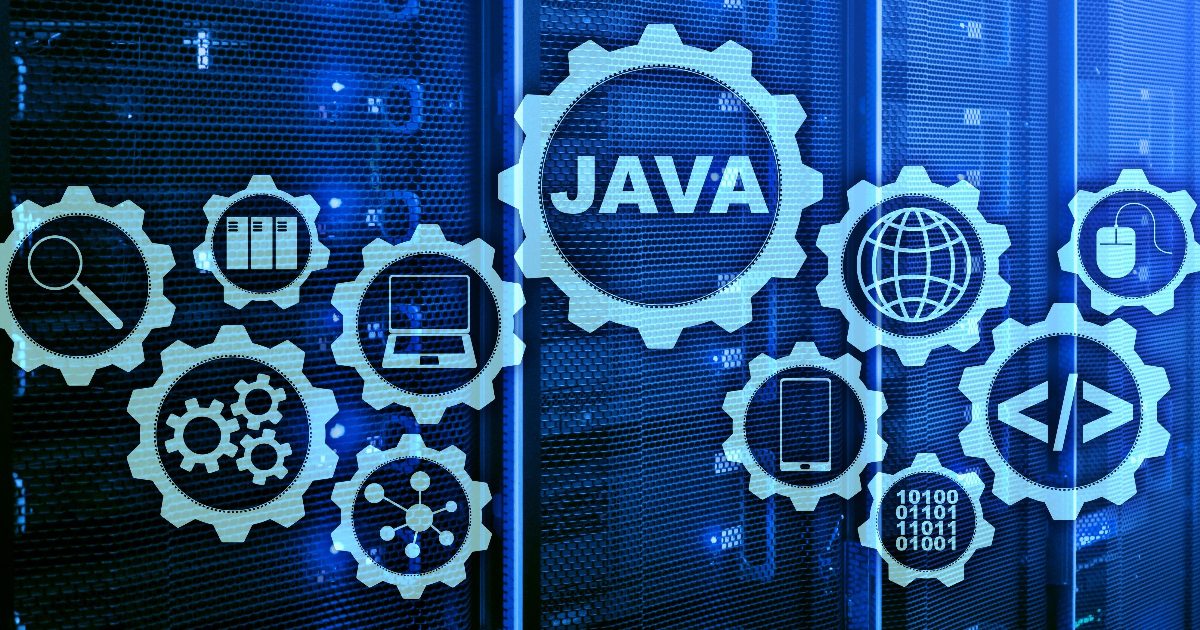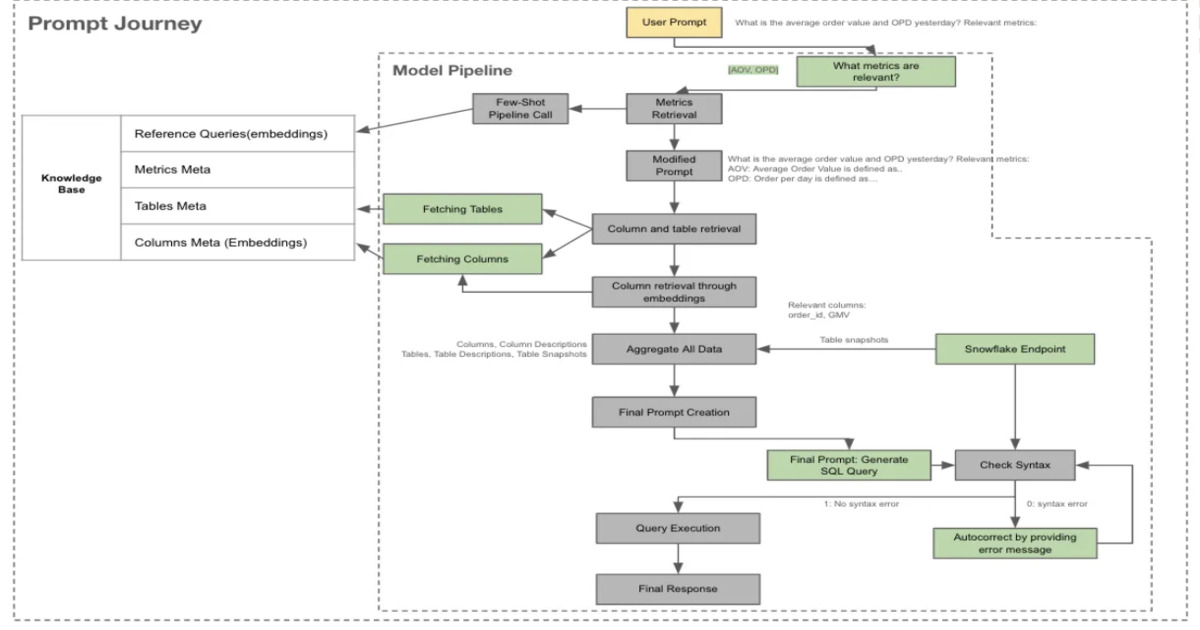Codetown
Codetown ::: a software developer's community
Groovy and Grails biggest problem...
Replies to This Discussion
-
Permalink Reply by Zemian Deng on July 22, 2008 at 11:19am
-
Robert Dempsey said:What I am looking for is performance comparisons of Groovy/Grails with other frameworks combined with Java such as Spring.
Hello Robert, Have you explored Scala programming? It gives you the short and flexibility of Groovy like expressiveness, but yet has good performance as close as to Java itself! Scala is static typed instead of dynamic though. Check out other post I made few days ago under Other JVM Group on this site see if you like it.
-Z -
-
Permalink Reply by Jim Moore on August 27, 2008 at 10:36pm
-
What needs to be performant and why? Things like Twitter are built on a notoriously slow platform (ie, Ruby on Rails) but it's plenty fast enough.
Grails is obviously slower than Spring MVC since it's built on old versions of Spring MVC and Spring WebFlow. Does it matter? For the vast majority of web sites the answer is trivially simple: No.
Scala is faster and slower than Java depending on what you're doing. Groovy is slower than both, but who cares? It's more than fast enough for what it's used for.
If you really need speed, write in assembly code. If you think that's not reasonable, then ask yourself why you're willing to sacrifice that speed to be able to write in Java. Then apply the same reasoning to why you would program in something like Grails.
Note that I'm not saying that you should use Grails, just that looking at performance without solid reasons *why* is well beyond foolish. -
-
Permalink Reply by Jackie Gleason on October 15, 2009 at 5:07pm
-
There are some performance issues (For example I have been told my IDE friendly specific typing can cause issues) that make Scala/Java better for some high volume projects. However, for simplicity and readability groovy is a better way to develop, IMHO
Jackie -
-
Permalink Reply by John Thompson on January 3, 2010 at 8:03am
-
To answer adoption - Grails is becoming more and more mainstream. Sky.com, Wired, and Walmart (specifically mp3.walmart.com) are some notable sites using Grails.
In benchmarking, yes, Grails is slower. But improvements are being made, both to Groovy and Grails itself.
And benchmarks are generally useless in the real world. Every application is different. Bad code, poor database design, poor technology choices, etc are going to have a far greater impact then the language used.
Where performance is an issue, you can always use Java (or Scala). In fact, much of the Grails framework is in Java, not Groovy. It all comes down to using the right tool for the job.
Also - in the age of distributed computing, I need to ask who cares if there is a 20-30% performance penalty. What does it matter if you need to spool up another VM or two in the cloud? -
Notes
Welcome to Codetown!
 Codetown is a social network. It's got blogs, forums, groups, personal pages and more! You might think of Codetown as a funky camper van with lots of compartments for your stuff and a great multimedia system, too! Best of all, Codetown has room for all of your friends.
Codetown is a social network. It's got blogs, forums, groups, personal pages and more! You might think of Codetown as a funky camper van with lots of compartments for your stuff and a great multimedia system, too! Best of all, Codetown has room for all of your friends.
Created by Michael Levin Dec 18, 2008 at 6:56pm. Last updated by Michael Levin May 4, 2018.
Looking for Jobs or Staff?
Check out the Codetown Jobs group.
InfoQ Reading List
Java News Roundup: Spring Shell, JReleaser, TornadoInsight, Apache Camel

This week's relatively quiet Java roundup for December 29th, 2025, features news highlighting: the GA release of Spring Shell 4.0; point releases of JReleaser 1.22.0 and Apache Camel 4.14.3; and TornadoInsight now compatible with the recent release of TornadoVM 2.0.
By Michael RedlichDuckDB's WebAssembly Client Allows Querying Iceberg Datasets in the Browser

DuckDB has recently introduced end-to-end interaction with Iceberg REST Catalogs directly within a browser tab, requiring no infrastructure setup. The new feature leverages DuckDB-Wasm, a WebAssembly port of DuckDB that runs in the browser, allowing users to query, read, and write Iceberg tables in a serverless manner.
By Renato LosioAWS Introduces Fifth-Generation Graviton Processor with M9g Instances

AWS recently announced the new Graviton5 processor and the preview of the first EC2 instances running on it, the general-purpose M9g instances. According to the cloud provider, the latest chip delivers up to 25% higher performance than Graviton4, introduces the Nitro Isolation Engine, and provides a larger L3 cache, improving latency, memory bandwidth, and network throughput.
By Renato LosioMicrosoft Research Develops Novel Approaches to Enforce Privacy in AI Models

A team of AI researchers at Microsoft introduces two novel approaches for enforcing contextual integrity in large language models: PrivacyChecker, an open-source lightweight module that acts as a privacy shield during inference, and CI-CoT + CI-RL, an advanced training method designed to teach models to reason about privacy.
By Sergio De SimoneSwiggy Rolls out Hermes V3: from Text-to-SQL to Conversational AI

Swiggy has released Hermes V3, a GenAI-powered text-to-SQL assistant that enables employees to query data in plain English. The Slack-native system combines vector retrieval, conversational memory, agentic orchestration, and explainability to improve SQL accuracy and support multi-turn analytical queries.
By Leela Kumili
© 2026 Created by Michael Levin.
Powered by
![]()